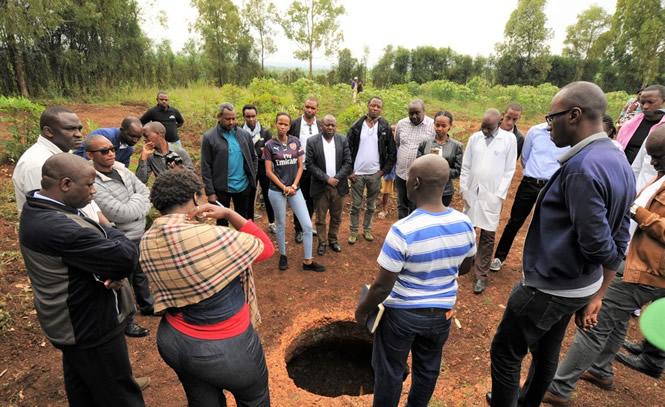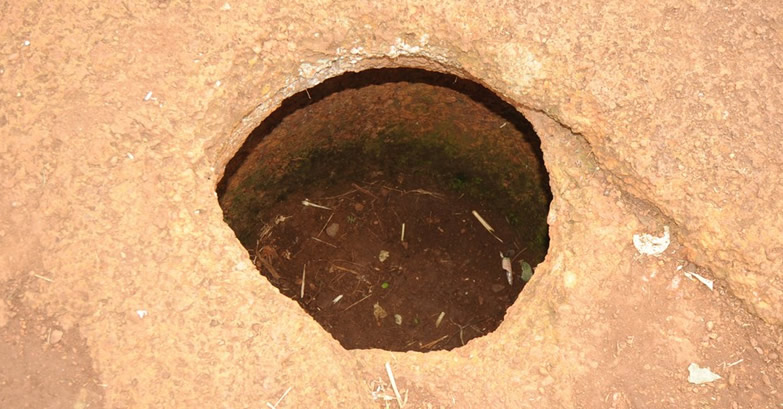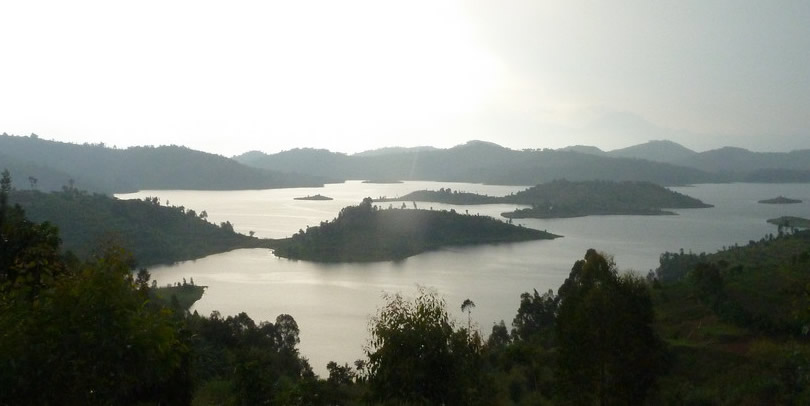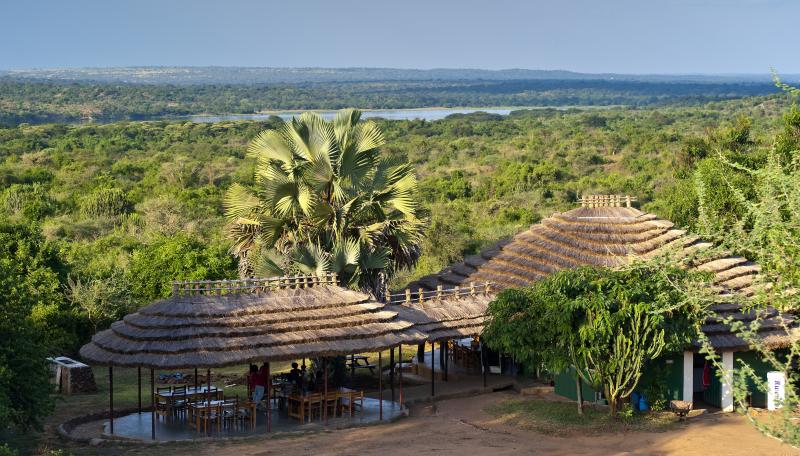
Utubindi Twa Rubona, One of Rwanda’s Hidden Gems
When someone talks of visiting Rwanda, all you will think about is the mountain gorillas but this country offers more than gorillas to offer such as the cultural and historical sites, one of which is the Utubindi Twa Rubona.
Rwanda has always stood out as a home to a cradle of human-kind heritage sites with wealthy cultural and social history dating back to the period of the World before human inhabitation. The country’s archaeological and historical sites also show the storage of knowledge about the human past but also stand out as important assets of the conservation and understanding of nature.
Archaeological sites are always proof of the occupation of hunter-gatherers in the late Stone Age to Iron Age period thus displaying iron tools and pottery. Utubindi Twa Rubona is found at Tubindi Village, Gatsibo District at only 4 kilometers off the main Kayonza-Nyagatare Road and is comprised of a cluster of seven holes that were drilled in granite rock in form of pots without rims and necks. These holes are part of the ancient cultural site on a hard granite rock where the contemporary Rubona Primary School is found within Rubona Cell in Kiziguro sector. Utubindi Twa Rubona is translated as “the pots of Rubona” and in spite of the pots being of different sizes, their form is the same-pot-shaped form hence their name.
The Utubindi Twa Rubona holes are not ordinary holes but the area is an important historical site and according to local legends, the pots were drilled by King Ruganzu II Ndoli after returning from Karagwe in contemporary Tanzania. On arrival, the King and his men were very thirsty and could not find any drop of water or even a water source hence prompting the adroit King to use his magic spear to excavate the hard rock that later filled up with enough water to quench everyone’s thirst. At a stone’s throw away from the hole (but on the same rock) are two wonderful features said to be Ruganzu’s footprints and marks of his arrows and bows.
Utubindi twa Rubona has existed since pre-colonial Rwanda and if not preserved is likely to disappear hence a disadvantage to the country’s history. According to Frank Stokes, an American blues musician, songster and blackface minstrel, “You can erase a whole generation, burn their homes down to the ground and in one way of the other will find their way back but if you eliminate their history and achievements, then it is as if they never existed.
Even with the recorded tourism developments, many of Rwanda’s attractions remain unexplored and because few people know about Utubindi Twa Rubona site, there are plans to develop it into a fully-functional tourism site with signposts to be erected at the site to guide tourists, provision of more detailed information regarding the site as well as other facilities such as information desk, gardens, toilets and benches to relaxing, There are also plans to recruit and trail guides to take tourists through the history of the site.
Therefore, the magnificent Utubindi Twa Rubona is one of the unexplored historical and heritage sites in Rwanda and yet holds an important history of the country. Nonetheless, the site can be added to the itinerary of tourists planning to track the mountain gorillas and chimpanzees during safaris in Uganda.



